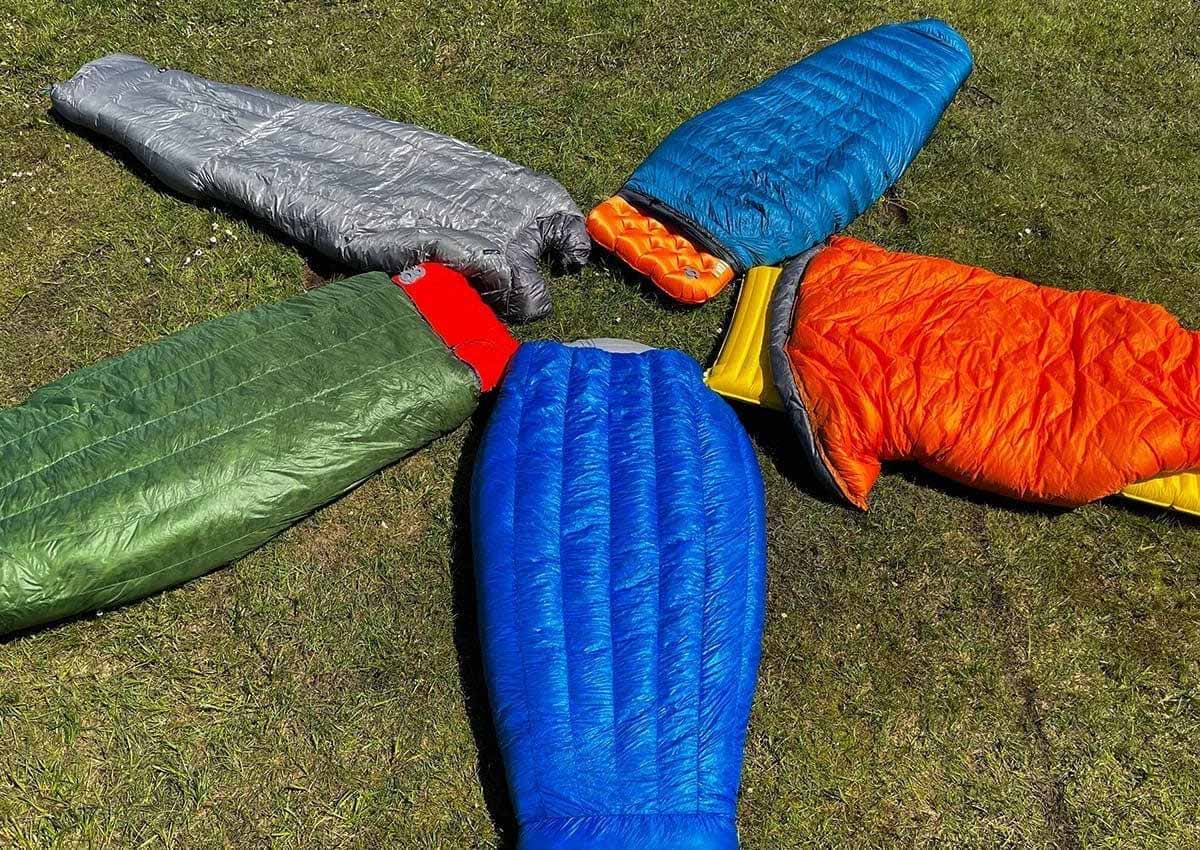

Articles
What Is A Backpacking Quilt
Modified: January 6, 2024
Looking for informative articles on what a backpacking quilt is? Discover everything you need to know about backpacking quilts and how they can enhance your outdoor adventures.
(Many of the links in this article redirect to a specific reviewed product. Your purchase of these products through affiliate links helps to generate commission for Storables.com, at no extra cost. Learn more)
Introduction
When it comes to backpacking, having the right gear is key to a successful and enjoyable trip. One essential piece of equipment that every backpacker should consider is a backpacking quilt. While traditional sleeping bags have long been a popular choice, backpacking quilts are gaining recognition for their lightweight, versatile, and comfortable design.
So, what exactly is a backpacking quilt? At its core, a backpacking quilt is a lightweight, portable blanket that is specifically designed for outdoor use. Unlike traditional sleeping bags, which fully enclose the sleeper, backpacking quilts resemble more like a blanket with a series of straps, buckles, and snaps to secure it to your sleeping mat or pad.
The primary purpose of a backpacking quilt is to provide insulation and warmth while keeping the weight and bulk to a minimum. The quilt is typically made of lightweight yet durable materials such as nylon and filled with down or synthetic insulation. This combination allows for excellent heat retention while remaining lightweight and compressible for easy packing and transport.
There are several key advantages to using a backpacking quilt over a traditional sleeping bag. Firstly, weight and packability. Backpacking quilts are significantly lighter and more compact than sleeping bags, which is a huge advantage when you’re carrying all your gear on your back for long distances. With a quilt, you can save valuable weight in your pack and free up space for other essentials.
Secondly, versatility. Unlike sleeping bags, which often have a fixed design with a zipper, backpacking quilts offer more freedom of movement. They allow you to easily adjust the insulation to your liking by either wrapping the quilt snugly around you or opening it up like a blanket. This versatility enables you to regulate your temperature better, whether you’re camping in warmer or colder conditions.
Lastly, comfort. Many backpackers find quilts to be more comfortable than sleeping bags. With no zippers or hood, quilts eliminate any restrictions and allow for a more natural sleeping position. The absence of a hood also means that you have greater flexibility and can use your own headgear to keep warm, whether it’s a beanie or a buff.
As we delve deeper into the world of backpacking quilts, it’s important to understand how they compare to traditional sleeping bags, the factors to consider when choosing a quilt, and how to effectively use and maintain your quilt. So, let’s explore the differences between backpacking quilts and sleeping bags in the next section.
Key Takeaways:
- Backpacking quilts offer lightweight, versatile, and comfortable sleeping solutions for outdoor enthusiasts, providing warmth and insulation while minimizing weight and bulk.
- Proper care and maintenance of backpacking quilts are essential to ensure their longevity and reliable performance, including regular cleaning, drying, and storage in a dry, clean environment.
Read also: 13 Best Backpacking Quilt for 2024
Definition and Purpose of a Backpacking Quilt
A backpacking quilt is a specialized sleeping system designed for outdoor enthusiasts who prioritize weight savings and versatility. Unlike traditional sleeping bags, which enclose the sleeper on all sides, backpacking quilts are essentially blanket-like covers that provide insulation and comfort during sleep.
The primary purpose of a backpacking quilt is to provide warmth and insulation while minimizing weight and bulk. These quilts are specifically designed for backpackers who need to carry their gear over long distances and challenging terrains. By utilizing lightweight materials and streamlined designs, backpacking quilts offer a lightweight and compact alternative to traditional sleeping bags.
One of the key differences between a backpacking quilt and a sleeping bag is the absence of a backside. Instead of being fully enclosed, a quilt is open at the back, allowing the user to easily regulate their body temperature by wrapping the quilt around themselves or uncovering parts of their body as needed. This open design provides greater freedom of movement and flexibility, making it easier to adjust the level of insulation throughout the night.
Moreover, backpacking quilts often feature attachment systems such as straps, buckles, or snaps that allow them to be secured to sleeping pads or mats. This helps prevent drafts and keeps the quilt in place during sleep. These attachment systems also aid in reducing cold spots and maximizing the efficiency of the insulation.
Another advantage of backpacking quilts is their versatility. Unlike sleeping bags, which can feel restrictive and confining, quilts provide a more natural sleeping experience. They allow for a greater range of movement, making it easier to shift positions during the night. This can be particularly beneficial for individuals who tend to toss and turn or have larger body frames.
Additionally, backpacking quilts are highly customizable. They can be personalized to meet individual preferences and specific weather conditions. Some quilts have differential cuts, meaning they are wider in certain areas to accommodate the natural position of the body, and narrower in others to save weight. Different insulation materials and fill powers are also available, allowing users to choose the warmth-to-weight ratio that best suits their needs.
Overall, the purpose of a backpacking quilt is to provide lightweight warmth and comfort for backpackers and outdoor enthusiasts. By optimizing insulation efficiency and allowing for greater freedom of movement, backpacking quilts offer a practical and efficient solution to staying comfortable during outdoor adventures.
Key Advantages of Using a Backpacking Quilt
When it comes to choosing the right sleeping system for your backpacking adventures, a backpacking quilt offers several key advantages over traditional sleeping bags. Let’s explore these advantages in more detail:
- Weight and Packability: One of the biggest advantages of using a backpacking quilt is its lightweight design. Backpacking quilts are significantly lighter than sleeping bags, making them ideal for long-distance hikes and reducing overall pack weight. With a quilt, you can save valuable weight in your pack, allowing you to carry other essential gear.
- Versatility: Backpacking quilts offer greater versatility compared to sleeping bags. Unlike sleeping bags, which have a fixed design with a zipper, quilts can be easily adjusted to different temperature conditions. You can wrap the quilt around you for extra warmth in cooler weather or open it up like a blanket on warmer nights. This versatility allows you to adapt to changing weather conditions and regulate your body temperature more effectively.
- Freedom of Movement: Unlike sleeping bags, which can feel restrictive and confining, backpacking quilts provide a more natural sleeping experience. With no zippers or hoods, quilts offer ample room for movement, allowing you to shift positions comfortably during the night. This freedom of movement can be particularly beneficial for restless sleepers or those with a larger body frame.
- Customizability: Backpacking quilts offer a high level of customizability. They are available in various sizes, shapes, and insulation options to suit different needs and preferences. Quilts can be tailored to your specific body shape, allowing for a more comfortable fit and better insulation. Additionally, you can choose different insulation materials and fill powers to optimize the warmth-to-weight ratio based on the expected conditions of your trip.
- Reduced Cold Spots: With their attachment systems, backpacking quilts can be secured to sleeping pads or mats, reducing the chances of cold spots. Drafts are minimized, ensuring that heat is efficiently trapped inside the quilt. This feature provides consistent warmth throughout the night, even when you move or change positions.
- Cost-Effectiveness: While high-quality backpacking quilts can be an investment, they often have a longer lifespan compared to sleeping bags. Quilts are generally simpler in design, with fewer components that can break or wear out over time. As a result, backpacking quilts are often considered a cost-effective long-term option for outdoor enthusiasts.
Overall, the key advantages of using a backpacking quilt include its lightweight design, versatility, freedom of movement, customizability, reduced cold spots, and cost-effectiveness. These factors make backpacking quilts a popular choice among hikers, backpackers, and outdoor adventurers looking for a comfortable and efficient sleeping system.
Comparison between Backpacking Quilts and Sleeping Bags
When it comes to choosing the right sleeping system for your backpacking adventures, it’s important to consider the differences between backpacking quilts and traditional sleeping bags. Let’s explore the key points of comparison:
- Design: The design of backpacking quilts and sleeping bags is the most noticeable difference. Sleeping bags are fully enclosed and zippered on one side, offering a cocoon-like structure to sleepers. In contrast, backpacking quilts are open at the back, resembling a blanket with straps and attachments to secure them to a sleeping pad or mat.
- Weight and Packability: Backpacking quilts are significantly lighter and more packable than sleeping bags. This weight savings is primarily due to the absence of a backside and less insulation material being used in quilts. As a result, backpacking quilts are a popular choice for ultralight backpackers who prioritize minimizing gear weight.
- Freedom of Movement: Backpacking quilts provide greater freedom of movement compared to sleeping bags. With no zippers or hoods, quilts allow for unrestricted movement during the night. This flexibility makes it easier to switch sleeping positions and find a comfortable sleeping posture, particularly for individuals who tend to move around during sleep.
- Insulation and Warmth: Sleeping bags are designed to provide comprehensive insulation around the sleeper. They typically have a hood to cover the head and a draft collar to seal in heat. This comprehensive insulation makes sleeping bags more efficient in extremely cold conditions. Backpacking quilts, on the other hand, provide more customizable insulation due to their open-back design. While they may not offer the same level of heat retention as sleeping bags in extremely cold temperatures, quilts can be adjusted by either wrapping them snugly around the sleeper or using additional layers of clothing to achieve the desired warmth.
- Versatility: Backpacking quilts offer greater versatility compared to sleeping bags. Their open design allows for easy adjustment to different temperature conditions. In warmer weather, the quilt can be used as a simple blanket, while in colder conditions, it can be wrapped tightly around the body to retain heat. Sleeping bags, however, have a fixed design and are less adaptable to changing weather conditions.
- Price: Backpacking quilts and sleeping bags vary in price, depending on the brand, materials used, and features offered. In general, quilts tend to be slightly more expensive than sleeping bags with similar temperature ratings. However, the long-term cost-effectiveness of quilts can be higher due to their durability and the potential for multi-season use.
Ultimately, the choice between a backpacking quilt and a sleeping bag depends on personal preferences, trip requirements, and expected weather conditions. Backpacking quilts are favored for their lightweight design, freedom of movement, and versatility, making them an excellent choice for ultralight backpackers and those seeking more flexibility in their sleep system. Sleeping bags, on the other hand, are a reliable option for extremely cold weather and individuals who prefer the cocoon-like feeling of being fully enclosed.
Factors to Consider When Choosing a Backpacking Quilt
Choosing the right backpacking quilt is essential for a comfortable and enjoyable outdoor experience. Here are some key factors to consider when selecting a backpacking quilt:
- Temperature Rating: The temperature rating of a backpacking quilt indicates the range of temperatures in which it will provide adequate insulation. Consider the expected weather conditions of your trips and choose a quilt with a temperature rating that suits your needs. It’s important to note that individual sleepers may have different temperature preferences, so take that into account when selecting a quilt.
- Weight and Packability: One of the primary reasons to choose a backpacking quilt is for its lightweight and packable nature. Consider the weight and packed size of the quilt when making your selection, especially if you’re aiming for an ultralight backpacking setup. Look for quilts made of lightweight materials and consider the insulation type, as down insulation tends to be lighter and more compressible than synthetic insulation.
- Size and Fit: It’s important to choose a backpacking quilt that fits you well. Consider the length and width of the quilt to ensure proper coverage, especially if you’re taller or wider than average. Some manufacturers offer different sizes or custom sizing options, which can help ensure a comfortable fit.
- Insulation Type: Backpacking quilts are often filled with down or synthetic insulation. Down insulation provides excellent warmth-to-weight ratio and is highly compressible, but it loses its insulating properties when wet. Synthetic insulation, on the other hand, retains its insulation when wet and dries quickly, but it usually weighs more and is bulkier. Consider the expected weather conditions, your insulation needs, and your preference for weight-saving or moisture resistance when choosing between down and synthetic insulation.
- Attachment System: Look for a backpacking quilt with a reliable attachment system. The attachment system should securely fasten the quilt to your sleeping pad or mat, preventing it from slipping or creating cold drafts. Some common attachment systems include straps, buckles, and snaps. Test the attachment system before heading out to ensure a snug and secure fit.
- Features: Consider any additional features that may enhance your experience. This could include a draft collar to seal in heat, a foot box to provide insulation to your feet, or a hoodie attachment for versatility in colder weather. Think about your personal preferences and the specific requirements of your trips to determine which features are important to you.
- Brand and Reputation: Research and consider the reputation of the brand offering the backpacking quilt. Look for companies known for their quality, durability, and customer satisfaction. Read reviews and seek recommendations from fellow backpackers to ensure you are investing in a reliable product.
By considering these factors when choosing a backpacking quilt, you can find the perfect balance between weight, warmth, comfort, and durability. Remember, selecting the right backpacking quilt is a personal decision, so take your time to evaluate your specific needs and preferences to ensure a good night’s sleep during your outdoor adventures.
Consider the temperature rating of the backpacking quilt to ensure it will keep you warm in the conditions you’ll be facing. Look for lightweight, compressible materials for easy packing and carrying.
Read more: What Is The Best Backpack Leaf Blower
How to Choose the Right Backpacking Quilt for Your Needs
Choosing the right backpacking quilt is crucial for a comfortable and enjoyable outdoor experience. Here are some steps to help you select the perfect quilt for your needs:
- Determine Your Sleeping Conditions: Consider the temperature range and weather conditions you will encounter during your backpacking trips. This will provide a baseline for selecting the appropriate temperature rating for your quilt. Keep in mind that personal preferences also play a role, so consider whether you tend to sleep hot or cold.
- Consider Your Body Type and Size: Look for a backpacking quilt that fits your body properly. Consider your height and width to ensure adequate coverage. Some brands offer different size options or custom sizing to fit a wide range of body types.
- Decide on Insulation Type: Choose between down and synthetic insulation based on your needs and preferences. Down insulation offers excellent warmth-to-weight ratio and compressibility but loses insulation when wet. Synthetic insulation retains insulation when wet and dries quickly but is bulkier and heavier. Consider the expected weather conditions and your tolerance for moisture when deciding between the two.
- Evaluate Weight and Packability: If lightweight backpacking is your goal, prioritize quilts that are made of lightweight materials and have a compact packed size. Consider the total weight of the quilt, including insulation and outer shell, and make sure it aligns with your weight-saving objectives.
- Assess Attachment System: Look for a backpacking quilt with a reliable and secure attachment system. The attachments should keep the quilt in place on your sleeping pad or mat, preventing it from slipping or creating cold drafts. Test the attachment system before heading out to ensure a snug fit.
- Consider Extra Features: Think about any additional features that could enhance your comfort or usability. This could include a draft collar to trap warmth, a foot box to provide insulation to your feet, or a detachable hood for added versatility. Evaluate the usefulness of these features based on your specific requirements.
- Read Reviews and Seek Recommendations: Research different brands and read customer reviews to gather insights from other backpackers. Look for reputable brands with a track record of producing high-quality gear. Seek recommendations from fellow outdoor enthusiasts or experienced backpackers to help narrow down your options.
- Consider Budget: Determine your budget range, but keep in mind that investing in a high-quality backpacking quilt often pays off in the long run. While there are budget-friendly options available, consider the durability and performance of the quilt as well.
Remember, selecting the right backpacking quilt is a personal decision that depends on your unique needs and preferences. By considering factors such as your sleeping conditions, body type, insulation type, weight, attachment system, extra features, and budget, you can narrow down your choices and find the quilt that offers the perfect balance of comfort, warmth, weight, and durability.
Tips for Using a Backpacking Quilt Effectively
Using a backpacking quilt effectively can enhance your comfort and sleep quality while minimizing any potential challenges that may arise. Here are some tips to help you make the most of your backpacking quilt:
- Practice Proper Layering: Layering your clothing and sleep system is crucial to staying warm with a backpacking quilt. Wear thermal or base layers to provide insulation against your skin. Consider adding additional layers such as a fleece or down jacket if needed.
- Warm up Your Quilt: Before getting into your backpacking quilt, warm it up by placing a hot water bottle or heat pack inside for a few minutes. This will help to pre-warm the quilt, creating a cozy environment for sleep.
- Seal Any Drafts: To prevent cold drafts, make sure to properly secure your backpacking quilt to your sleeping pad or mat using the attachment system. This will help to eliminate any gaps that can let cold air in and disrupt your sleep.
- Practice Good Ventilation: In warmer weather, take advantage of the versatility of your quilt by loosening it or opening it up like a blanket to allow for better airflow. This will help regulate your body temperature and prevent overheating.
- Learn to Adjust Insulation Layers: Experiment with different configurations to find the right level of insulation for various temperature conditions. If you’re feeling too warm, loosen the quilt or uncover certain areas. If you’re feeling cold, snugly wrap the quilt around you or add extra layers of clothing.
- Consider Using a Liner: If you anticipate colder temperatures or desire an extra layer of warmth, consider using a quilt liner. A liner can add insulation and provide an additional barrier between you and the quilt, helping to trap heat and improve thermal efficiency.
- Protect Your Quilt from Moisture: To maintain the insulation properties of your quilt, take precautions to protect it from moisture. Avoid direct contact with wet surfaces and use a groundsheet or waterproof barrier beneath your sleeping pad or mat. In damp conditions, consider using a waterproof stuff sack or compression sack to store your quilt during the day.
- Properly Store and Maintain Your Quilt: After each trip, make sure to clean and store your backpacking quilt properly. Follow the manufacturer’s instructions for cleaning and drying to ensure longevity. Store your quilt in a dry and breathable sack to prevent mildew or odors.
- Get Familiar with Your Quilt: Before heading out on a backpacking trip, spend some time practicing with your quilt at home or in a controlled environment. Test different adjustments, attachment systems, and sleeping positions to get comfortable and familiarize yourself with its features.
By following these tips, you can optimize your experience with a backpacking quilt and enhance your comfort during your outdoor adventures. Remember that every individual’s sleeping preferences and needs may vary, so feel free to experiment and adjust as necessary to find what works best for you.
Care and Maintenance of a Backpacking Quilt
Proper care and maintenance of your backpacking quilt are essential to ensure its longevity and performance. Here are some guidelines to help you take care of your quilt:
- Follow Manufacturer’s Instructions: Always refer to the manufacturer’s care instructions specific to your backpacking quilt. Different quilts may have unique features or materials that require specific care.
- Clean Your Quilt Regularly: It’s important to keep your quilt clean to maintain its insulation and performance. Follow the manufacturer’s instructions for cleaning, which may include hand washing or using a front-loading washing machine with a gentle cycle. Use a mild detergent, preferably one that is specifically formulated for down or synthetic insulation.
- Dry Your Quilt Properly: Allow your backpacking quilt to air dry naturally in a well-ventilated area. Avoid using direct heat sources such as heaters or dryers, as this can damage the fabric and insulation. Periodically fluff and shake the quilt to ensure even drying and restore its loft.
- Store Your Quilt in a Dry and Clean Environment: Before storing your quilt, make sure it is completely dry. Store it in a breathable storage sack, away from direct sunlight and moisture. Avoid compressing the quilt for long periods, as this can compromise its loft and insulation properties.
- Spot Clean as Needed: For minor stains or spills, spot clean the affected area with a damp cloth and mild soap. Gently blot the stain without scrubbing to avoid damage to the fabric or insulation.
- Protect Your Quilt from Moisture: During use, take precautions to protect your quilt from moisture. Avoid placing it directly on wet surfaces and use a groundsheet or waterproof barrier beneath your sleeping pad or mat. If your quilt does get wet, dry it thoroughly as soon as possible to prevent mold or mildew from developing.
- Avoid Extended Exposure to Sunlight: Prolonged exposure to direct sunlight can cause the fabric to fade and deteriorate over time. When not in use, store your quilt in a shaded area to help preserve its color and integrity.
- Inspect Your Quilt Regularly: Before each trip, inspect your quilt for any signs of damage, wear, or insulation loss. Pay attention to the seams, attachments, and zippers (if applicable). Address any potential issues promptly to prevent further damage and ensure optimal performance.
- Consider Using a Quilt Liner or Protector: To prolong the life of your backpacking quilt, you may opt to use a liner or protector. These can provide an additional layer of protection against dirt, sweat, and body oils, helping to keep your quilt cleaner for longer.
By following these care and maintenance tips, you can extend the lifespan of your backpacking quilt and ensure reliable performance on your outdoor adventures. Proper care will help preserve the insulation, functionality, and overall integrity of your quilt, allowing you to continue enjoying its benefits for years to come.
Conclusion
Choosing a backpacking quilt for your outdoor adventures can significantly enhance your backpacking experience. With their lightweight design, versatility, and comfort, backpacking quilts offer several advantages over traditional sleeping bags. They provide warmth and insulation while minimizing weight and bulk, making them an excellent choice for backpackers seeking to lighten their load and maximize their comfort.
When selecting a backpacking quilt, consider factors such as temperature rating, weight, fit, insulation type, and attachment system. These considerations will help you find the perfect quilt that suits your needs and preferences. Additionally, practicing proper layering, adjusting insulation levels, sealing drafts, and understanding your quilt’s features can enhance your comfort and sleep quality in varying weather conditions.
To ensure the longevity of your backpacking quilt, it’s important to care for and maintain it properly. Follow the manufacturer’s instructions for cleaning, drying, and storing your quilt. Regularly inspect your quilt for any signs of wear and address them promptly to maintain optimal performance.
Ultimately, the choice to use a backpacking quilt is a personal one, dependent on your specific needs, preferences, and the demands of your outdoor adventures. Whether you’re embarking on a multi-day hiking trip or simply enjoying a night under the stars, a backpacking quilt is a versatile and lightweight sleeping system that can provide you with the warmth and comfort you need for a restful sleep.
So, if you’re ready to elevate your backpacking experience and lighten your load without compromising on comfort, consider investing in a high-quality backpacking quilt. With the right quilt by your side, you can experience the freedom of movement, adaptability to changing temperatures, and restful sleep you deserve during your outdoor escapades.
Frequently Asked Questions about What Is A Backpacking Quilt
Was this page helpful?
At Storables.com, we guarantee accurate and reliable information. Our content, validated by Expert Board Contributors, is crafted following stringent Editorial Policies. We're committed to providing you with well-researched, expert-backed insights for all your informational needs.
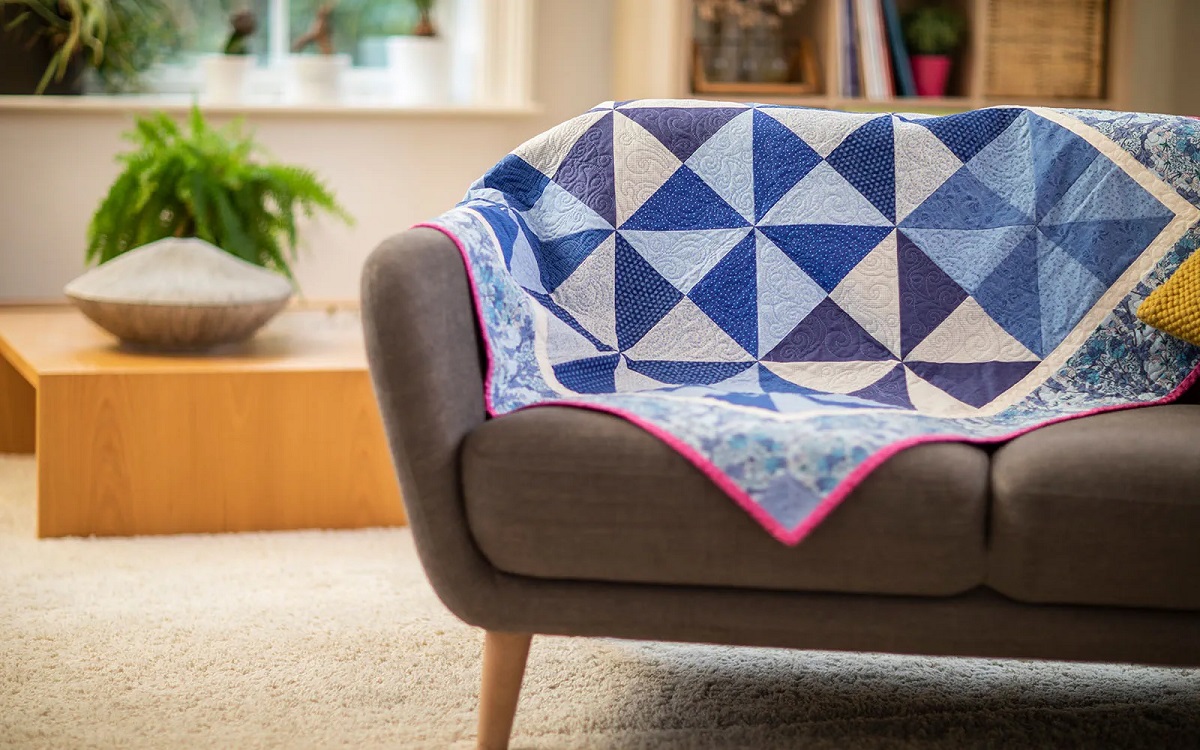
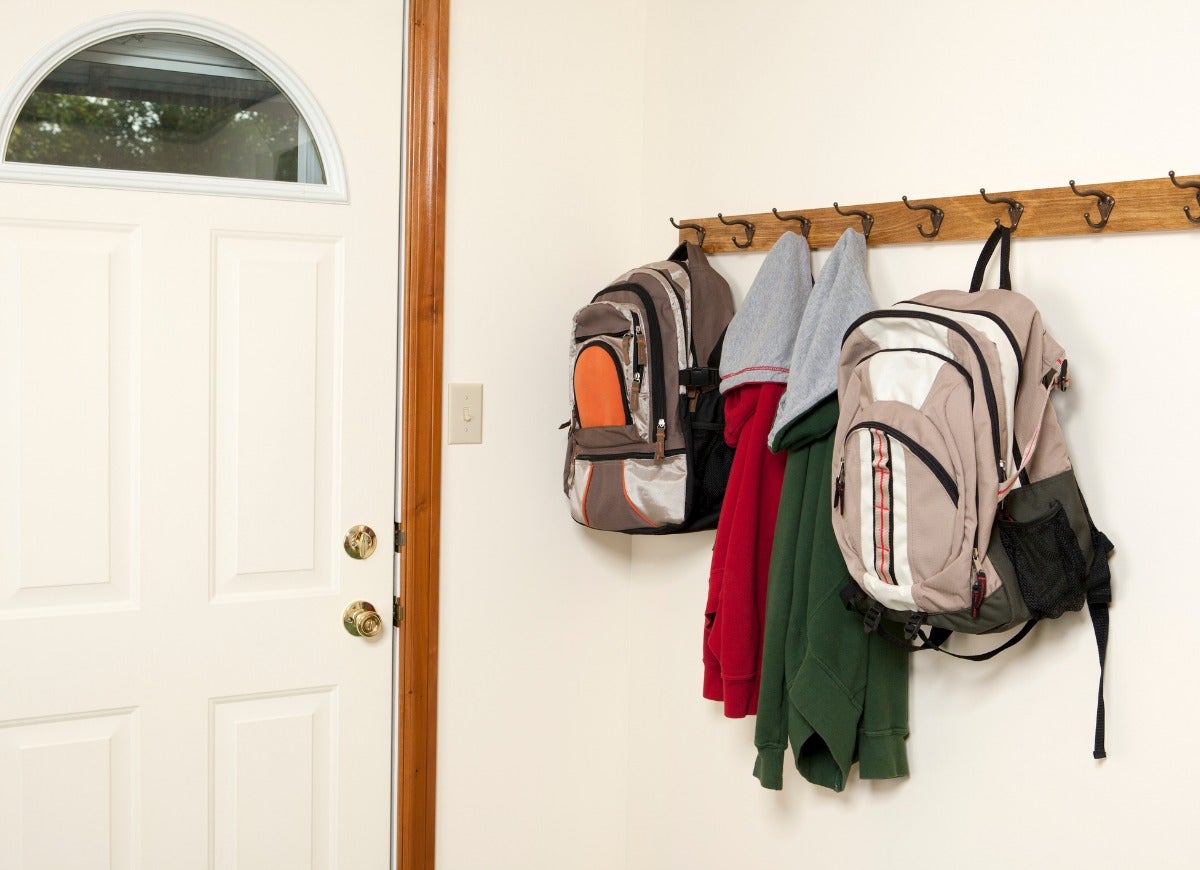
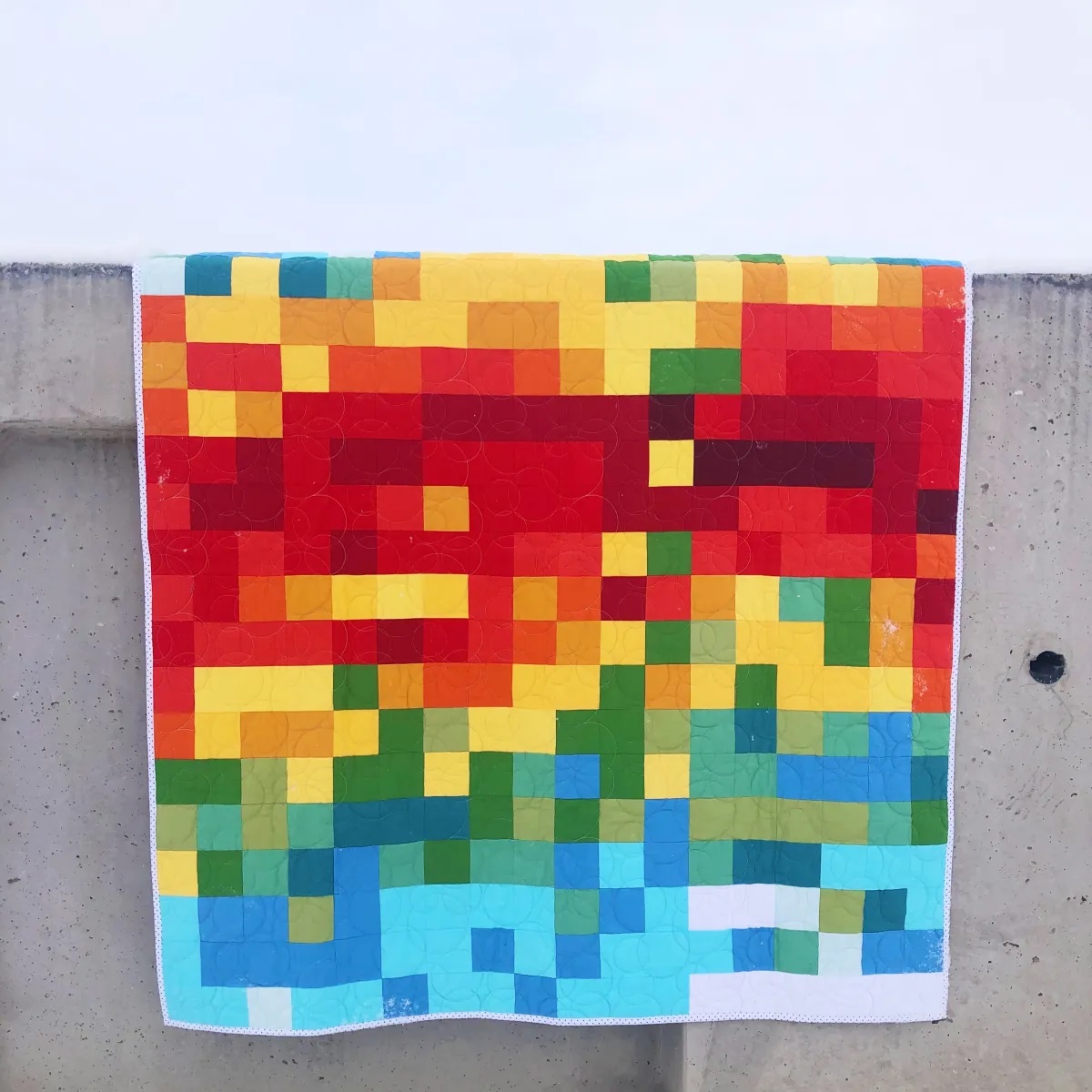
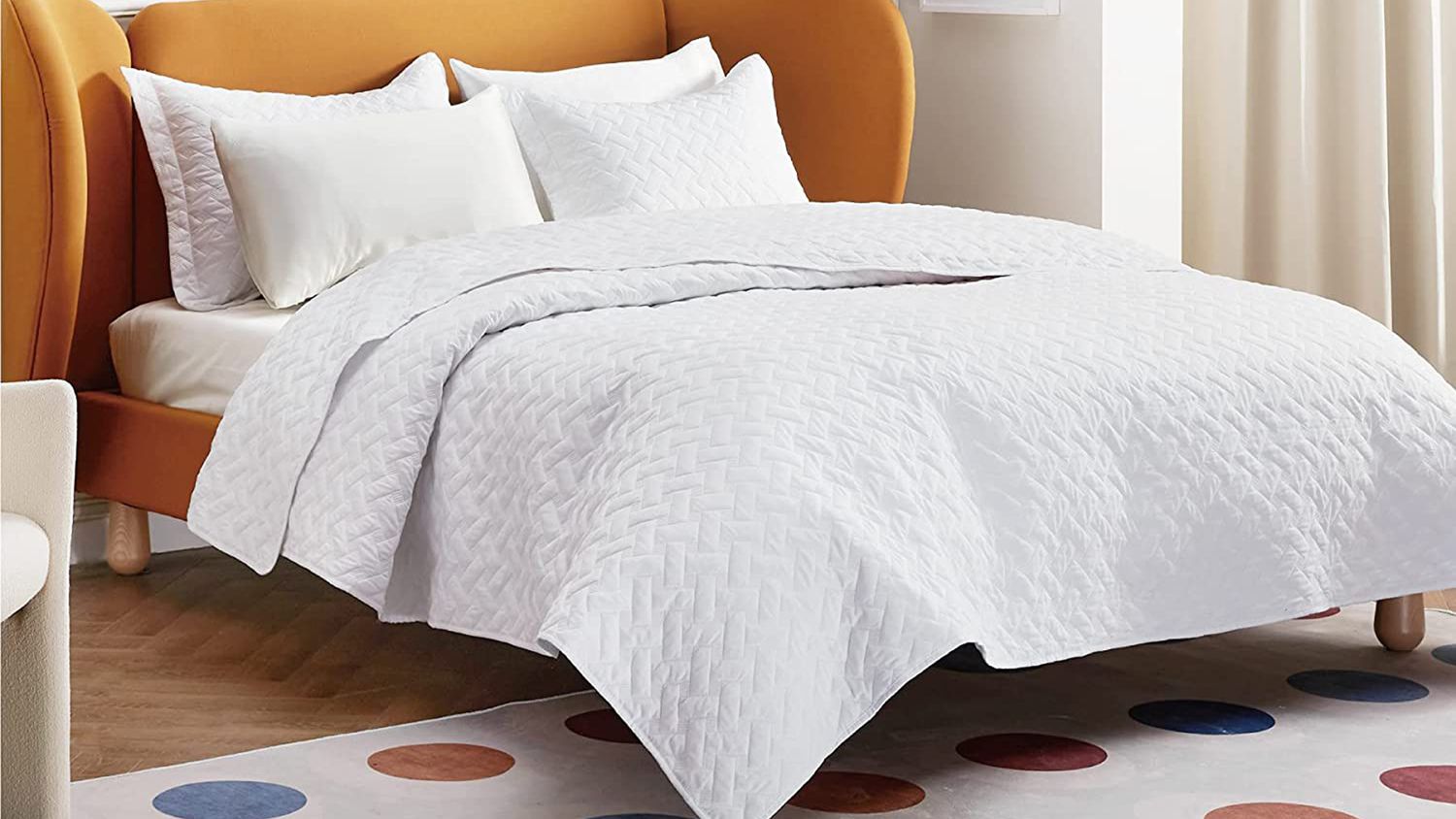
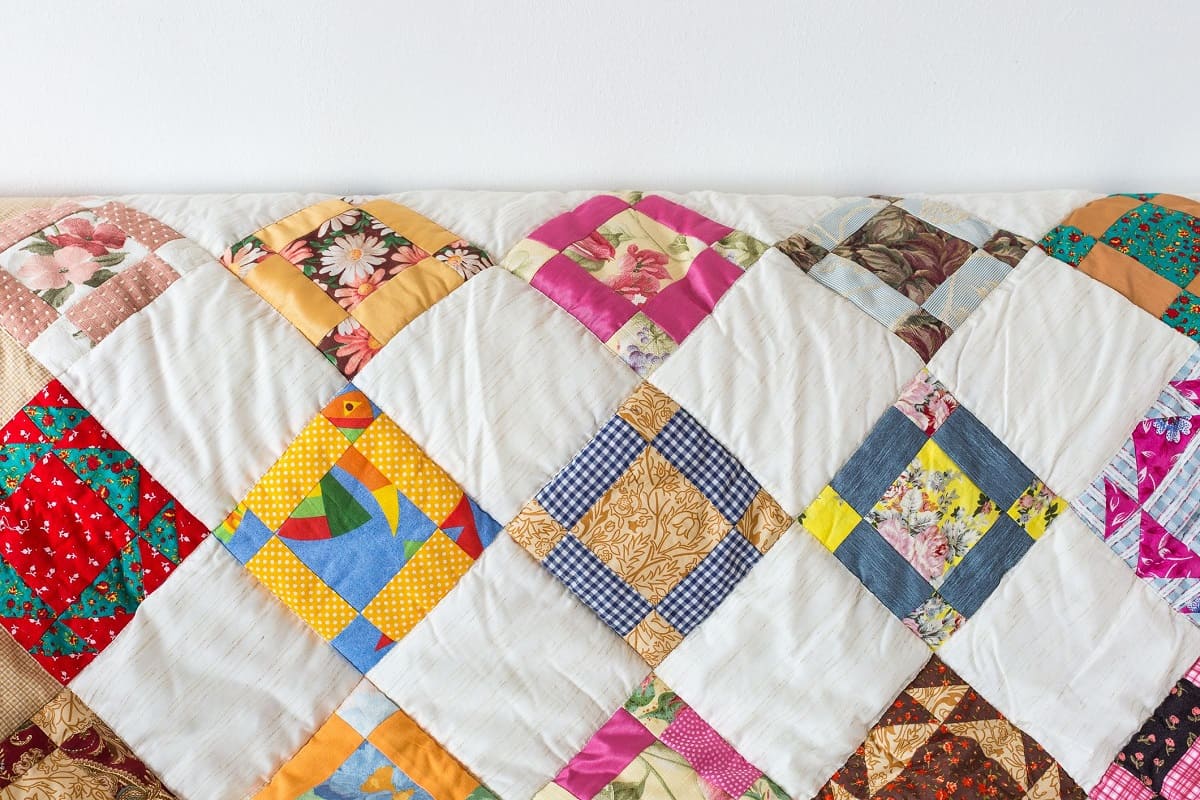

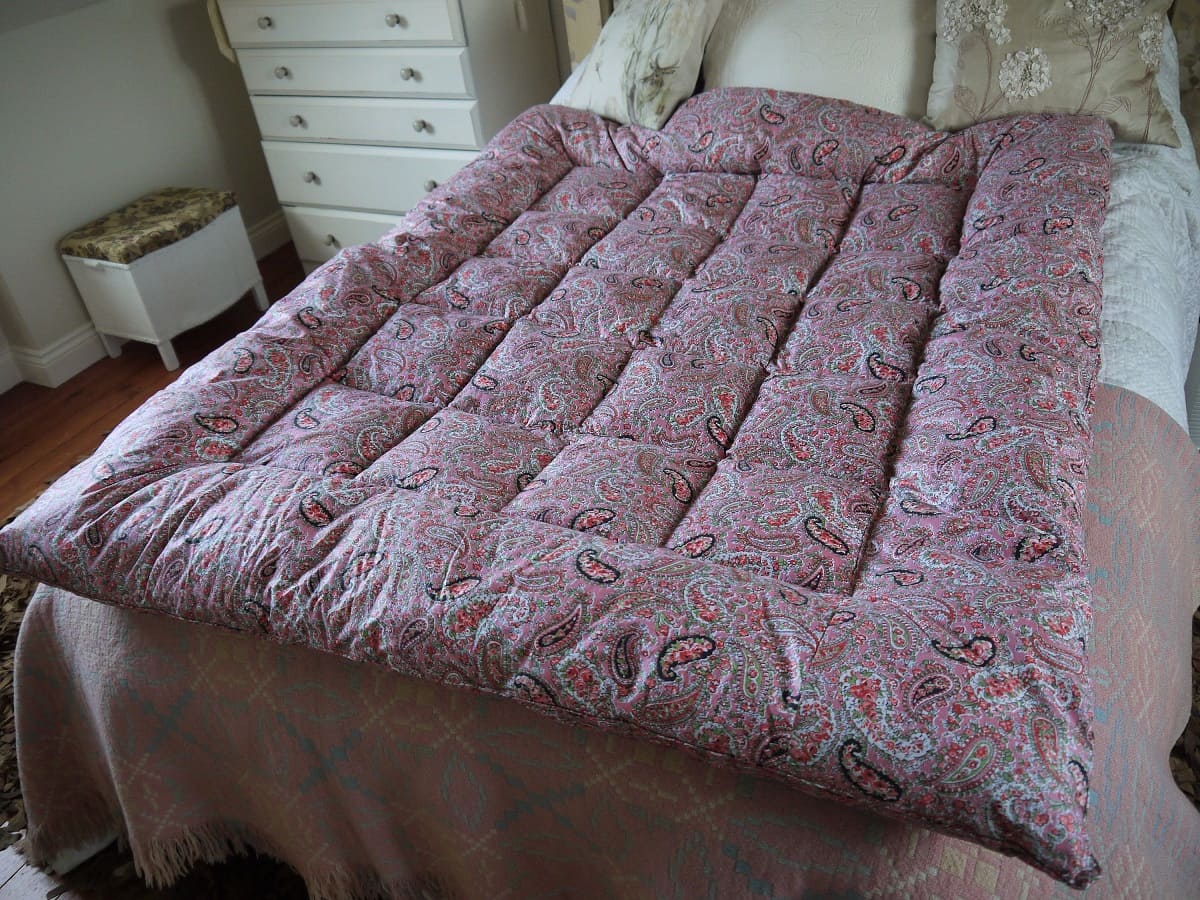
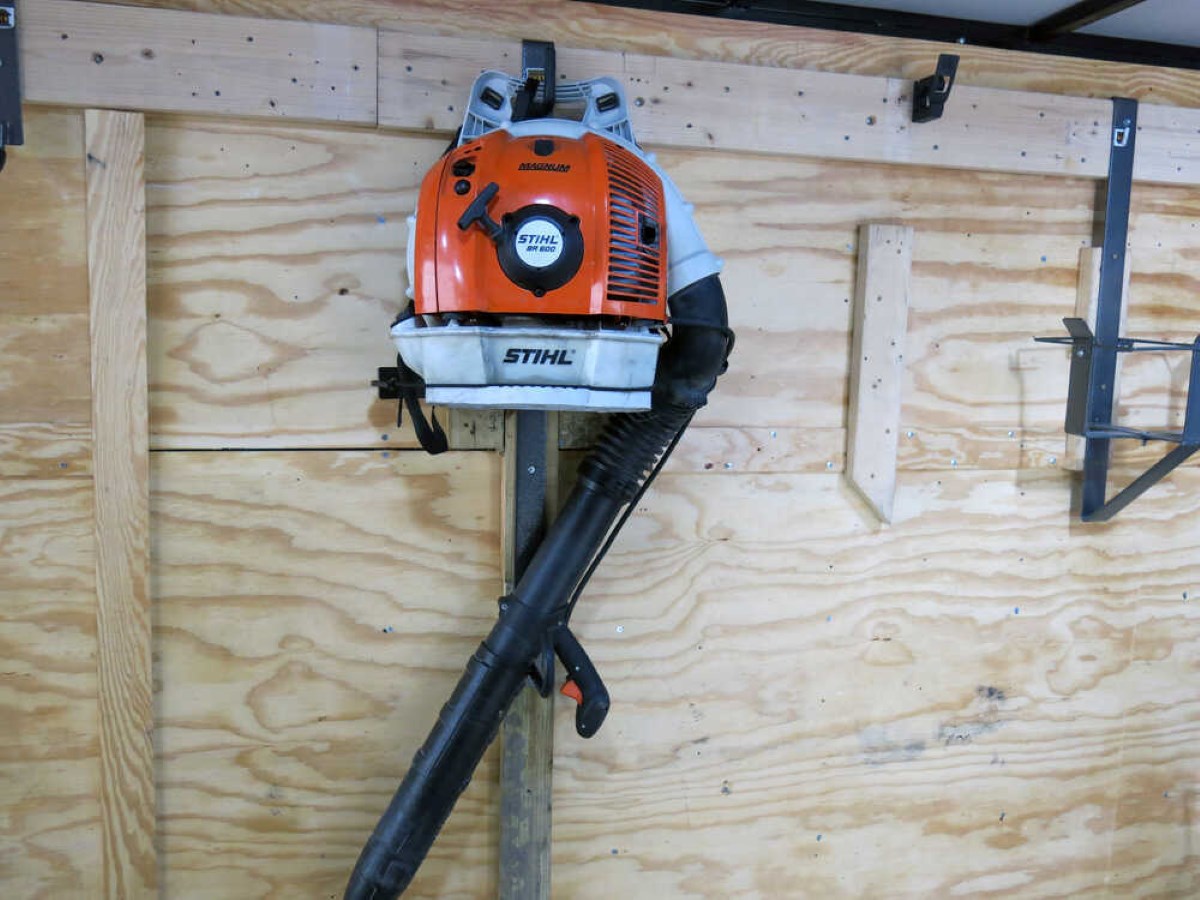

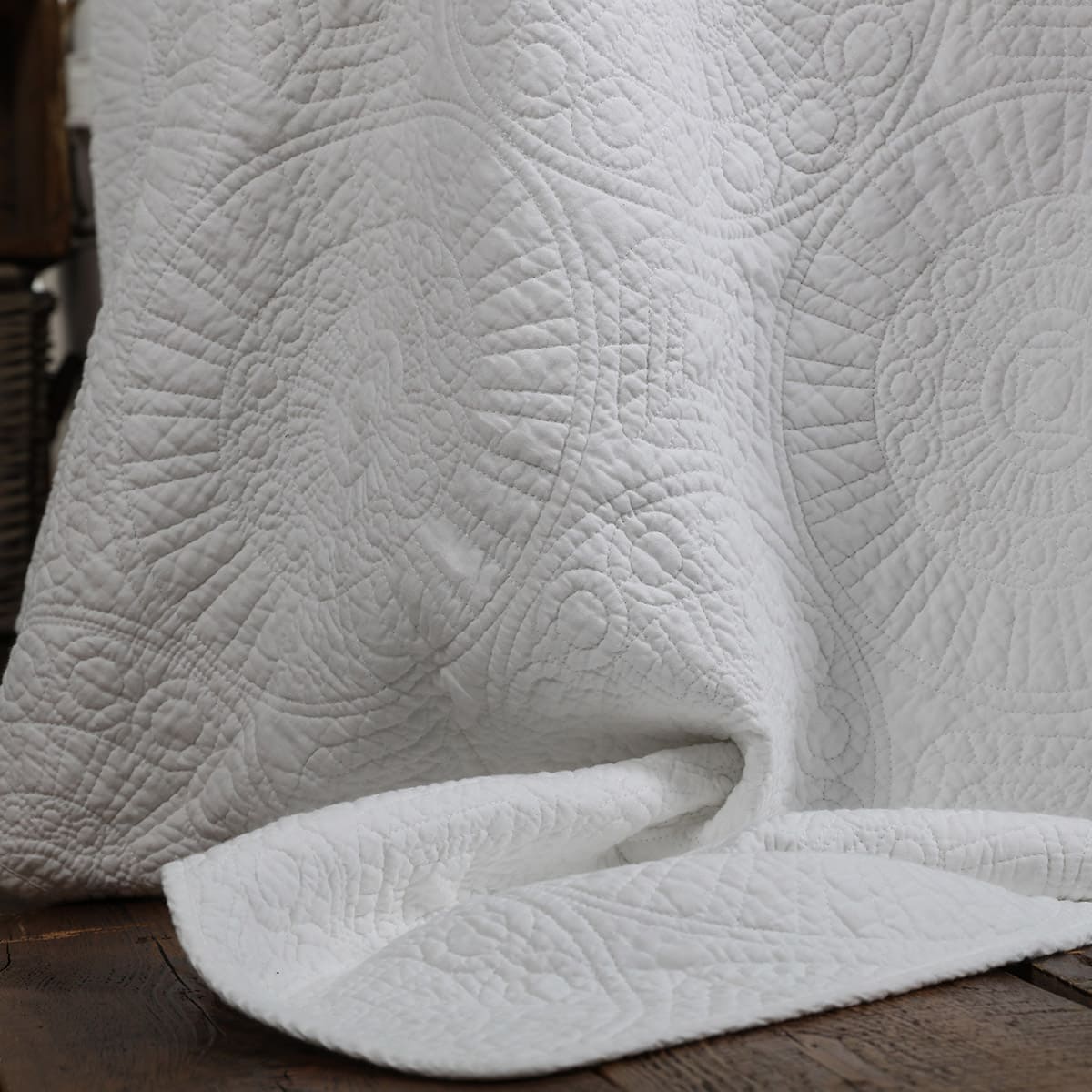

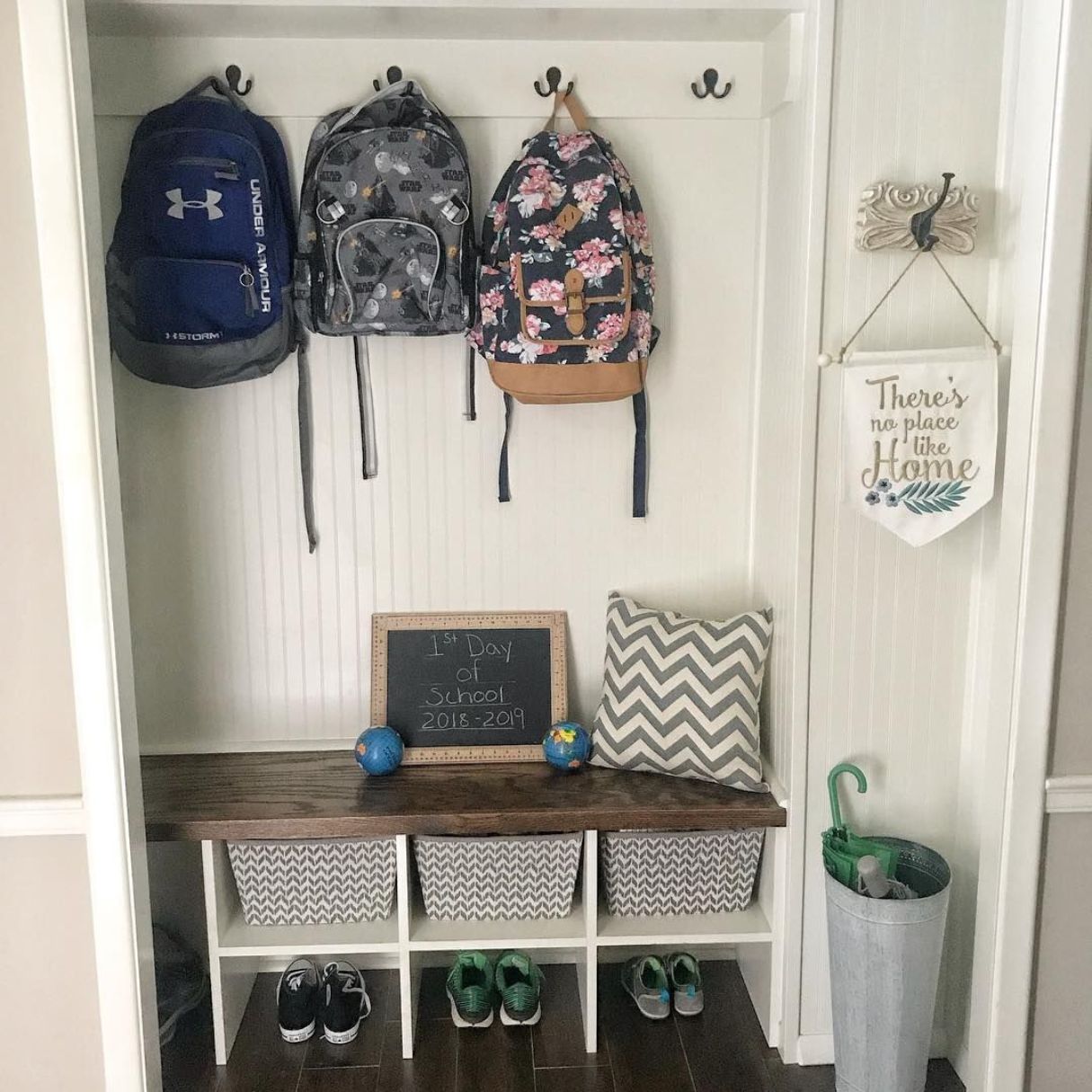

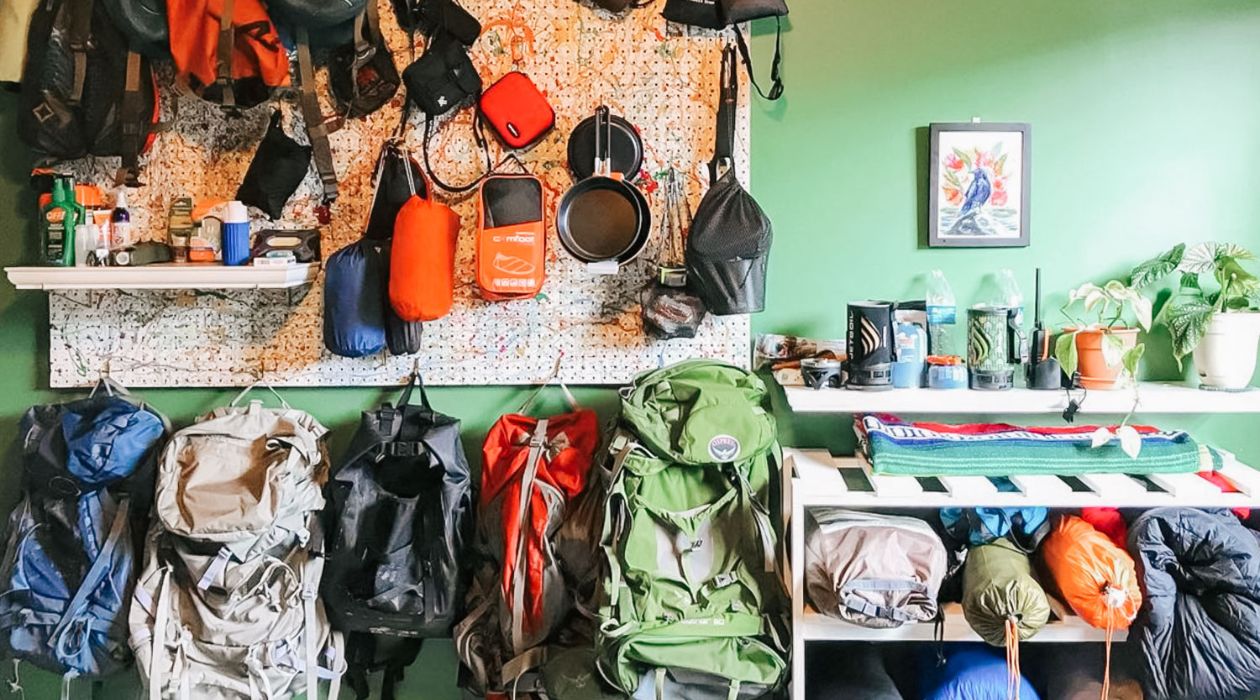

0 thoughts on “What Is A Backpacking Quilt”